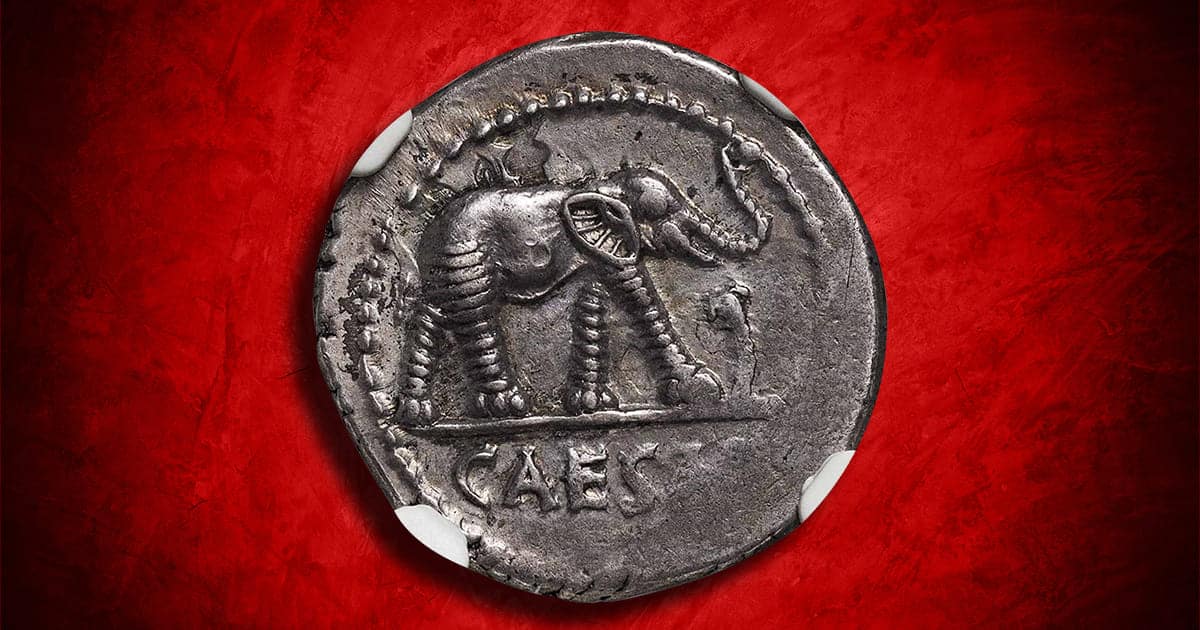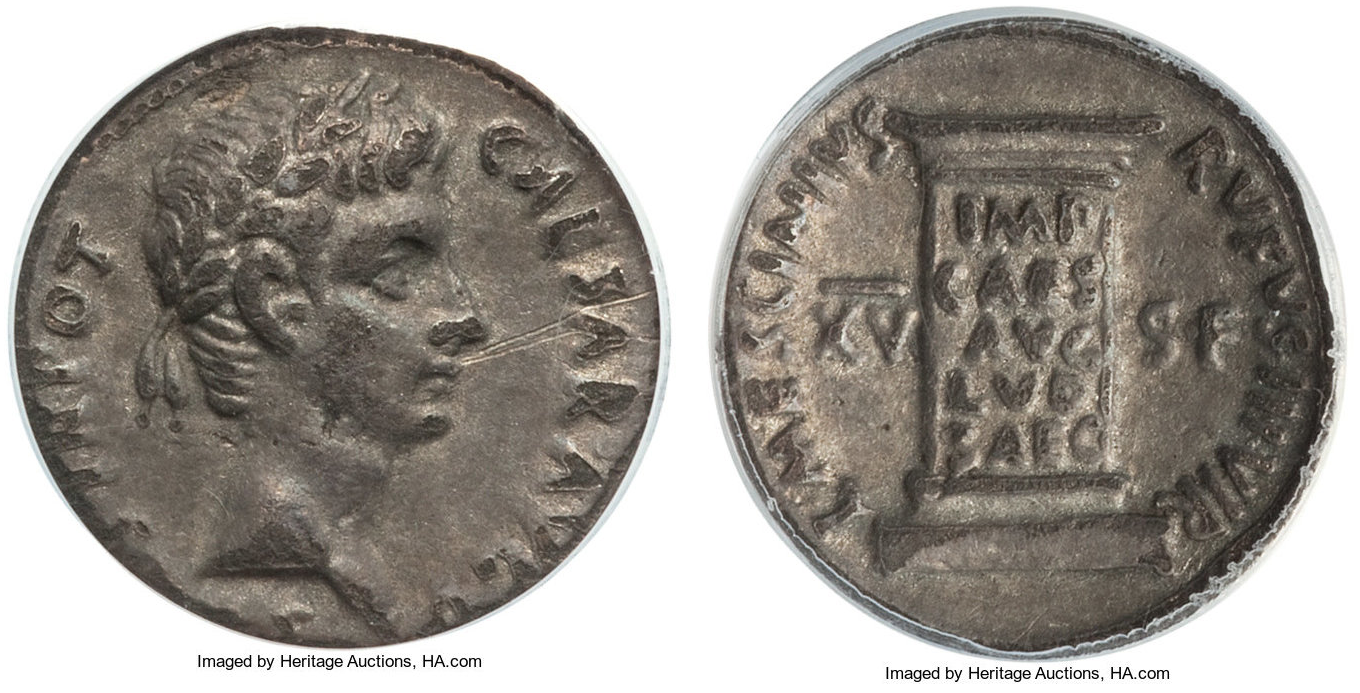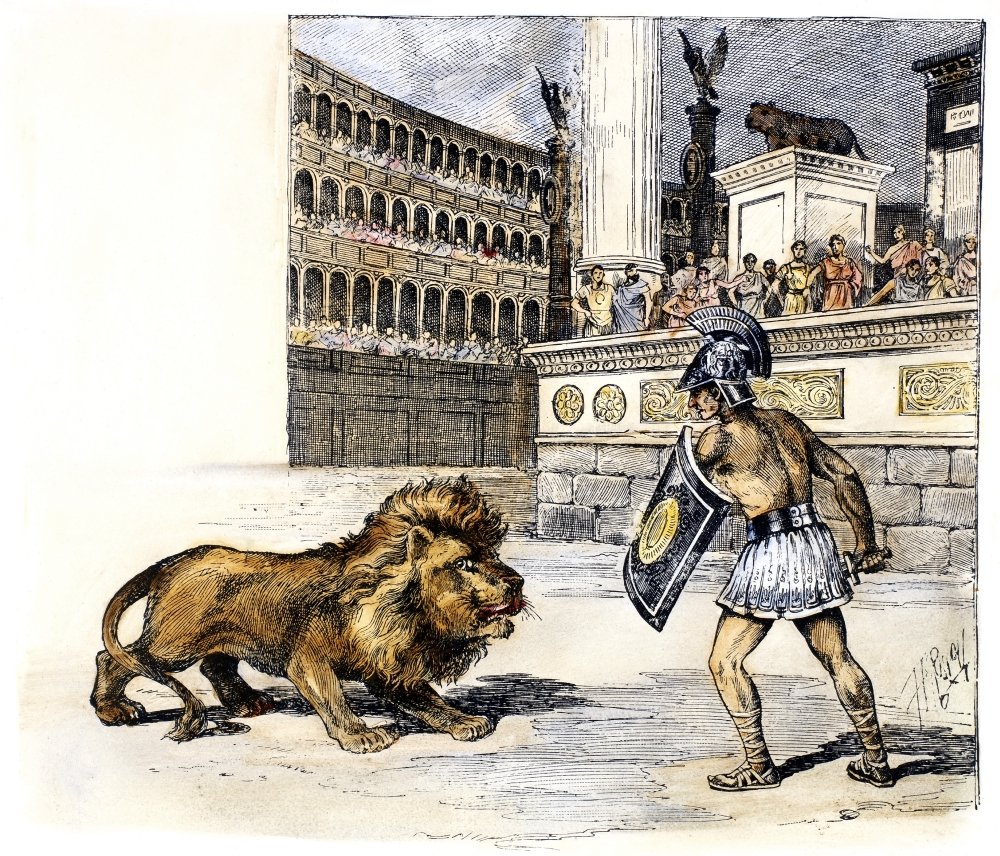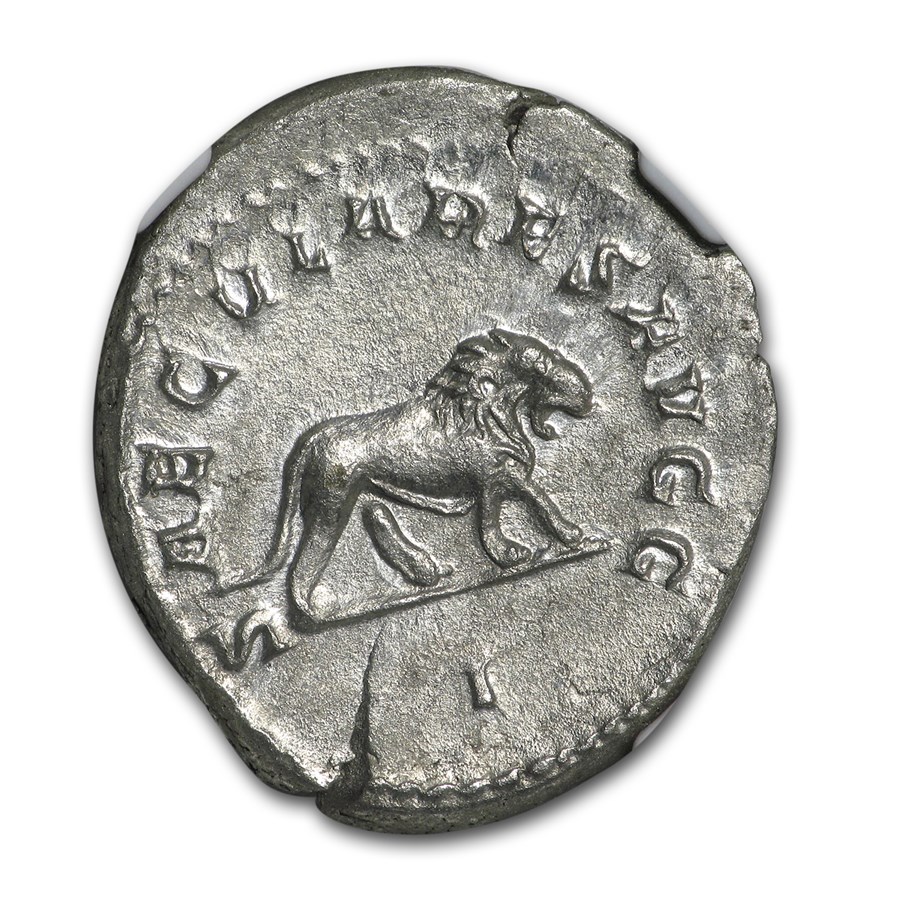
Commemorative coins were created and distributed to honor the Ludi Saeculares, or Secular Games, every 100 years from the founding of the Roman Empire on April 21, 753 BCE. The Roman Mint would issue these coins in gold, silver, and bronze, and sometimes a mixture of two or all three. The coins would depict the reigning emperor on the obverse and a message, event, animal, or the emperor’s family on the reverse. These fascinating coins are some of the most important pieces of history that give us the opportunity to see what these highly-anticipated games entailed.

History of the Secular Games

The Secular Games were celebrated every 100-110 years, which would represent the longest amount of a lifetime that a human could enjoy. The Secular Games were quite a spectacle. Lasting 6 days and nights, they included plays and poetry during the day, singing choirs, displays of exotic animals, sharing of harvests of food, and nightly animal sacrifices to various Roman gods. The most thrilling events were, of course, the gladiator battles to the death. The Secular Games united Rome’s citizens and bonded them to their Emperor.

In August 247, Emperor Philip I returned to Rome after the war with Persia and started preparing for the most important event of his reign. In 248, Rome would observe the 1,000th anniversary of its founding in 753 B.C. This was a historic event, and all of Rome was captivated by the multiple events over those six days.
More than 1,000 gladiators gave their lives during this spectacular event. Hundreds of exotic animals also battled the gladiators, including hippos, leopards, giraffes, lions, and one rhinoceros. The crowds were unhappy until the gladiators or the animals died. It was a grotesque spectacle that Rome had never seen before in such quantity.

Many coins were issued to honor the Emperor and the Secular Games with which he honored the Roman people. Some coins had a column on the reverse representing the Colosseum; some had different animals like lions, tigers, or hippos. These Roman coins were valued as remembrances of a great Emperor as well as a historic event in Rome’s history. The coin pictured below is a Double Denarius of Philip I with an advancing lion on the reverse, like the lions killed in the Colosseum.

For nearly 1,800 years, this coin has been a treasured souvenir of one of the most important celebrations in Roman history—the 1,000th Anniversary of Rome’s founding.




